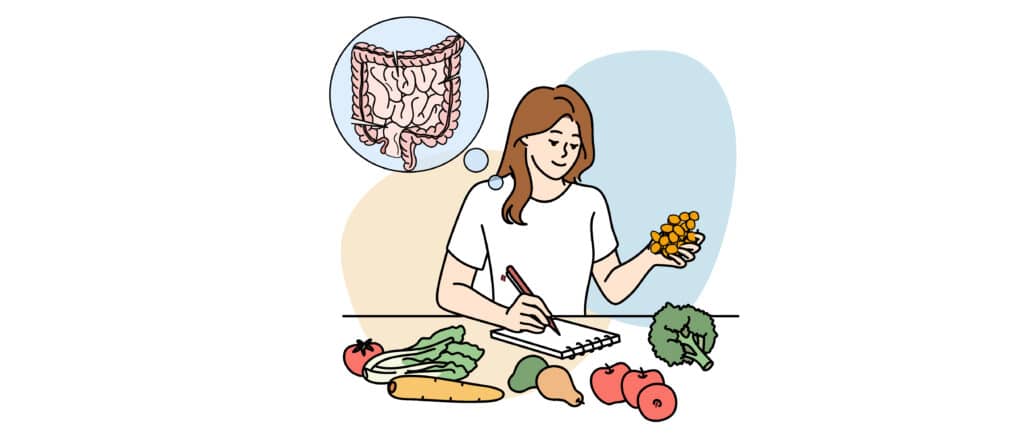What does Vitamin B (Folate) do to your body?
- Dates Nutrition
- January 6, 2022
- 7 minutes read
Folate is a B-vitamin that is found naturally in many foods. Our body requires folate to make DNA as well as other genetic material. We also need folate for our cells to divide. This is important for the growth and healing of cells and tissues. Folate can help reduce the risk of certain diseases such as neural tube defects, cancer, and heart disease. It is important to understand what does Vitamin B do to your body, including its role in maintaining good health. We will discuss these further in this article in addition to how to monitor for deficiency and how to make sure you are obtaining adequate amounts in the diet.
HEALTH FUNCTIONS:
Folate is important for many functions in the body. It helps our body to form both RNA and DNA. These genetic materials tell our cells what to do. Folate also is important for the regulation of red blood cells in our body. Red blood cells carry oxygen from the lungs to all body parts. It also plays a role in homocysteine metabolism. It is an amino acid that can have harmful effects on the body if present in high amounts.
DISEASE RISK REDUCTION:
Folate works to reduce birth defects. Neural tube defects occur in an unborn fetus’ brain. One neural tube defect, anencephaly, can occur with inadequate folate. It is when a baby is born without crucial parts of the brain and skull. Another neural tube defect is spina bifida, a malformation of the spine. It is thus important to obtain adequate folate before getting pregnant and during pregnancy. It is recommended that women take a folic acid supplement in the form of a prenatal vitamin. It is because folate is not as readily absorbed as its synthetic form, folic acid. Thus, a supplement is warranted.
Adequate folate in the diet may also reduce the risk of certain cancers. One study showed that folate supplementation reduced the risk of squamous cell carcinoma of the head and neck by 50%. It also may reduce the risk of esophageal cancer, mouth cancer, and pancreatic cancer.
Lastly, folate may help to reduce the risk of heart disease. Homocysteine is a protein in the blood. When it is too high, it can cause heart attacks and strokes. Inadequate folate in the body can lead to increased homocysteine.
GROUPS AT RISK:
While folate is found in many foods and can also be taken as a supplement, deficiency can occur. Folate deficiency most commonly occurs in pregnant and lactating women. These women have a higher recommended amount to supply adequate amounts to their babies. Thus, the recommended amount can be harder to reach. Those with chronic conditions of the gastrointestinal tract who have trouble with absorption can also impact the ability to absorb adequate folate. Lastly, those with restricted diets or poor intakes such as age, cancer, or alcoholism are at risk of folate deficiencies.
INTAKE RECOMMENDATIONS: WHAT DOES VITAMIN B DO TO YOUR BODY?
The table below includes the Recommended Dietary Allowance (RDA) for folate. The bioavailability (how much is absorbed into our circulation) of folate and folic acid differs from each other. Folate has only about 50% bioavailability, whereas folic acid has 85%.
AGE | RDA |
0 to 6 months | 65 mcg |
7 to 12 months | 80 mcg |
1 to 3 years | 150 mcg |
4 to 8 years | 200 mcg |
9 to 13 years | 300 mcg |
14 to 18 years | 400 mcg |
19+ years | 400 mcg |
Pregnant Women | 600 mcg |
Lactating Women | 600 mcg |
Folate is in many foods like vegetables, dairy products, grains, and fruits. The following are quantities of folate found in specific foods to provide you with an example:
| FOOD | FOLATE CONTENT |
| 1 egg | 22 mcg |
| 1 oz peanut | 27 mcg |
| ½ cup green peas | 47 mcg |
| 100 g dates | 15 mcg |
Many food products such as grains, flours, and cereals also started becoming enriched with folic acid starting in 1998. It is an effort from the U.S. Food and Drug Administration (FDA) to reduce the risk of neural tube defects. It is important to understand what does Vitamin B do to your body, including its role in maintaining good health. These foods can have upward of 140 mcg of folate per serving.
Folate is one of the B-vitamins needed for many health functions such as red blood cell development and RNA and DNA creation. Adequate amounts have been demonstrated to reduce the risk of heart disease, cancer, and neural tube defects. It is in many foods such as eggs, spinach, dates, and nuts. Folate and folic acid are different forms. Folate is naturally present and folic acid is synthetic. Make sure you eat a wide variety of foods to see the full health benefits.









